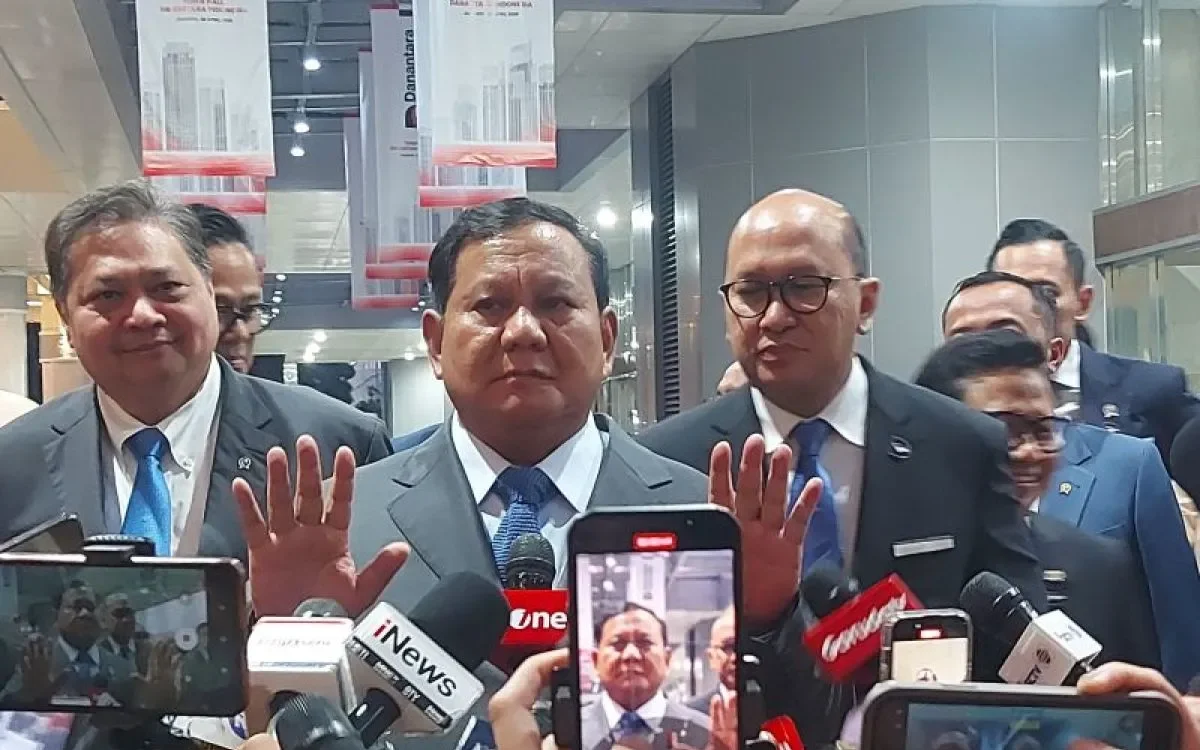
Why Traditional Dance Should Be Mandatory in Schools

Jakarta, Xweb.biz.id – We live in an era of rapid modernization, where global culture is easily accessed and quickly adopted—especially by younger generations. In this context, the concern expressed by cultural figure and performing arts practitioner Jose Rizal Manua deserves serious attention. He observes that Indonesia’s rich heritage of traditional dance is increasingly overlooked by today’s youth.
“National dances from various provinces across the country are less favored by the younger generation,” Jose said.
This observation is not only a cultural concern—it’s a national one. Traditional dances are more than just artistic expression; they are living vessels of identity, history, and values passed down through generations. Losing touch with them means losing a part of what defines Indonesia.
Jose’s call for increased government support is timely. But it should not stop there. As he rightly emphasized, the revival of interest in traditional dance must begin at home, within communities, and be strengthened through state-backed programs and policies. One powerful solution he proposed: make traditional dance education mandatory in schools, based on each region’s cultural roots.
This is not merely about cultural preservation—it’s about education for identity. By requiring students to learn their regional dances, we teach them to respect their heritage and appreciate the diversity of Indonesia’s cultural mosaic. In an age of digital uniformity, cultural grounding is essential.
The Ministry of Tourism and Creative Economy (Kemenparekraf) seems to understand this. Their support for traditional dance as a tool for promoting Indonesia on the international stage is a strong step forward. As Restog Krisna Kusuma, Expert Staff for Innovation and Creativity, pointed out, traditional dance is deeply connected to the tourism sector. With professional management, cultural performances can be powerful attractions for foreign visitors.
Moreover, large-scale dance events—whether on the streets of Jakarta or in the cultural hubs of Yogyakarta—offer more than spectacle. They are statements of pride and identity. They reaffirm what Jose said: that every province in Indonesia has a unique dance style unlike anything else in the world.
The contrast with modern dance is striking. While contemporary forms advance rapidly with global influence and digital exposure, traditional dances risk being left behind. Unless there is a structured, national commitment to their continuity, they will soon exist only in archives and festivals.
Making traditional dance a school requirement is not about rejecting the modern. It’s about balancing it—ensuring that Indonesian children know where they come from as they move forward into the world. Culture is not static, but it needs roots. And those roots, for Indonesia, lie in the rhythm and stories of its traditional dances.



